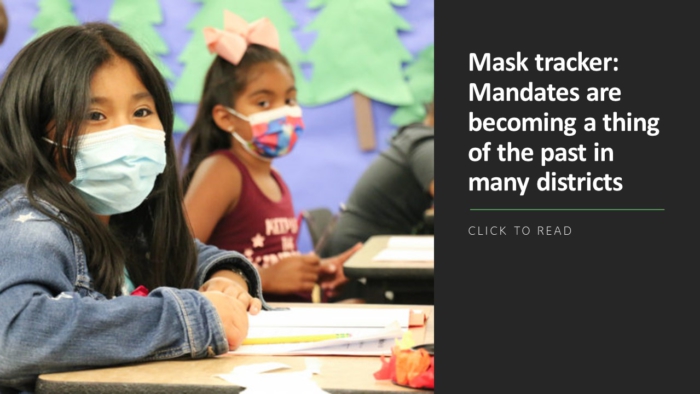The use of cellphones in schools has become an even thornier issue since lockdown made the devices the sole method of communication for many students. And now those students—and their parents—are increasingly pushing back against a growing number of administrators who are restricting the use of cellphones in the new school year.
A few districts, for example, are now giving students self-locking Yondr pouches to put their cellphones in each morning. Students can then retrieve their phones at the end of the day by taking the pouch to an unlocking station. In Michigan, a lawmaker is seeking to ban the use of cellphones in all of the state’s schools starting in 2022-2023.
Renowned teaching expert Doug Lemov calls the bans “super timely” to help students recover from the isolation they have experienced over the past three years. “Students are disconnected psychologically and emotionally, and cellphones fracture attention,” says Lemov, creator of the Teach Like a Champion professional development model, which is based on the characteristics of highly-effective educators. “Giving kids the best chance to connect in schools and to form relationships with the people around them are vital right now.”
But as the pushback shows, banning cellphones can be challenging for district administrators, adds Lemov, who recently posted the article “Take Away Their Cellphones” on Education Next. The difficulty is complicated by the ubiquity of social media and the public’s increasing lack of trust in schools, government and other institutions.
Returning to normal: Should schools enforce vaccine requirements?
Administrators, therefore, have to make a strong case for restricting phones, such as by providing parents, staff and students with research that shows the benefits of barring the devices during the school day. That will help illuminate the purpose behind the policy, he says.
Administrators can also offer some flexibility, such as allowing students to use their phones during 15-minute breaks in the morning or afternoon or during lunch. Leaders also have to assure parents they will be able to get in touch with their children in urgent or emergency situations. Finally, educators can look for guidance from countries such as Australia and England, where schools have implemented bans successfully.
Getting total buy-in from staff is not necessarily a prerequisite for making such a move but should come when a policy is implemented effectively and intentionally. “I’m not saying kids shouldn’t have cellphones,” Lemov says. “But there should be a place in their lives where they can build cognitive abilities without the influence of this device that’s developing in society without much intentionality.”
Is there a case for cellphones in schools?
There may also be some downsides to separating students from their phones, according to Harvard University researcher Dylan Lukes. While there is evidence that links restrictions with improved academic performance, bans could have a negative impact on school climate and student wellbeing—which could hinder productivity, Lukes says.
FETC 2023
The Future of Education Technology® Conference takes place live and in-person Jan. 23-26, 2023, in New Orleans. Register now!
A ban could lead to more students being disciplined when they are caught using phones. That discipline, particularly if students are removed from class or school, could interfere with learning. Students may also sense a decline in school culture, leading them to feel less safe and less respected.
Students also find a sense of security in having easy access to their phones. However, these devices can make it easier to post to social media or take videos to bully or harass other students. In fact, students have reported feeling less safe when cellphone bans have been lifted, Lukes says.



